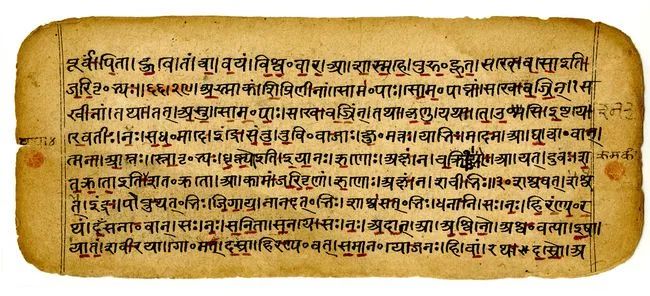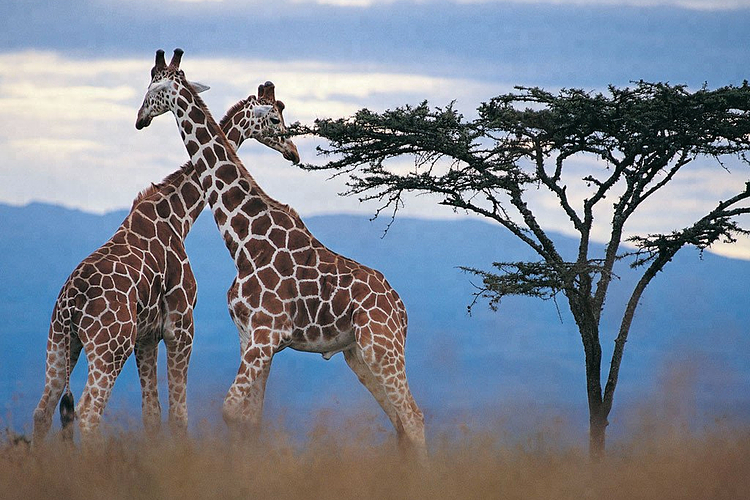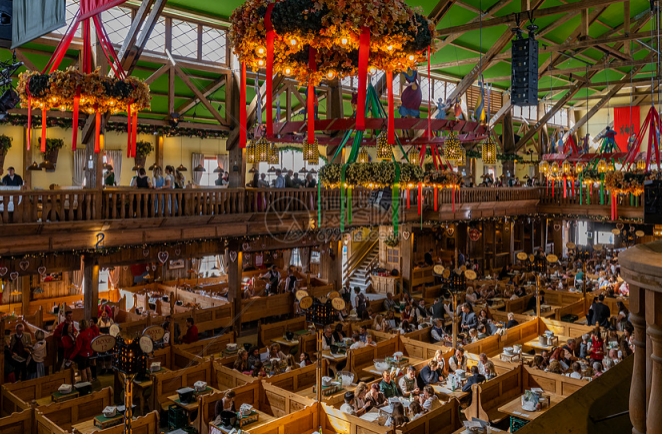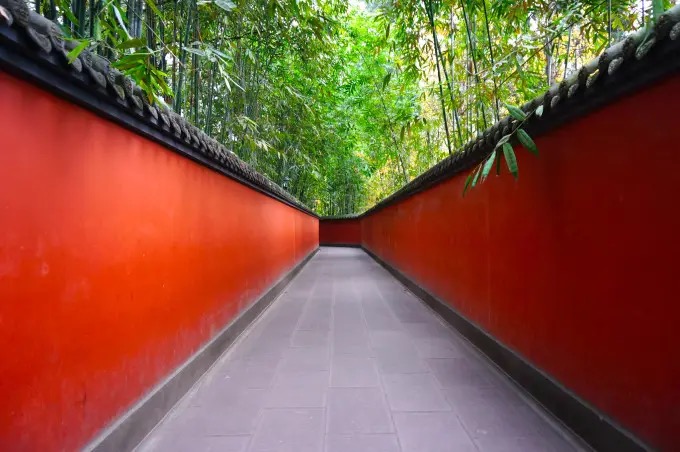“Cats represent the indescribable chaos, culture and uniqueness that constitutes the essence of Istanbul. Without cats, Istanbul would lose part of its soul. There is no other place in the world like it.”
This is a quote from the beginning of the Turkish documentary “Kedi” (meaning “cat”). When a traveler comes to this city on the border between Europe and Asia, it only takes a moment to notice that its inhabitants are not only the pilgrims in the mosques, the vendors in the bazaars, the fishermen on the docks, etc., but also countless cats. Istanbul belongs to humans as much as it belongs to cats.

The Omnipresent Cats
We stayed in the old Sultan Ahmed district, a spider’s web of old neighborhoods between the Blue Mosque and the Sea of Marmara. The hotel’s so-called “parking lot” is just a small abandoned lot on the corner, with four cars parked side by side. And the small Sophia Church, which was built in the 6th century, is just a wall away.
Several of the neighborhood’s cats frequent the “parking lot”, sleeping under the warm, windproof cars or jumping over the modest wall to the cafe facing the church, where they can be petted by customers sitting outside sipping apple tea—if they happen to feel they need a massage.

Bosphorus has received ships and travelers from different countries since ancient times. The cats that sailors brought with them from their hometowns to catch rats on board came to Istanbul with them, where they had their territories and offspring. During the Ottoman Empire period, almost every house in the city had a cat, which caught rats in the sewers and worked for a comfortable life.
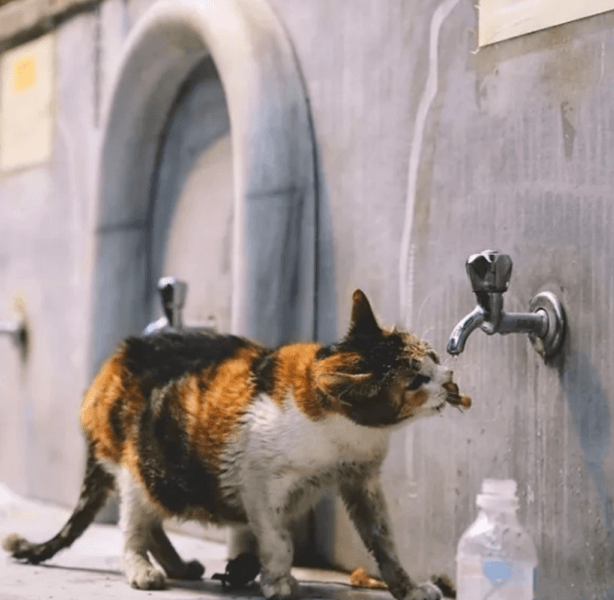
We are often drawn to cats scurrying out of abandoned buildings as we pass through a narrow alleyway. They made the abandoned building their home and playground, chasing and frolicking in and out of the broken glass windows. Cat food and clean water are often placed beside the windows, and that was the neighborhood’s which represents the neighborhood’s care of these little kids.
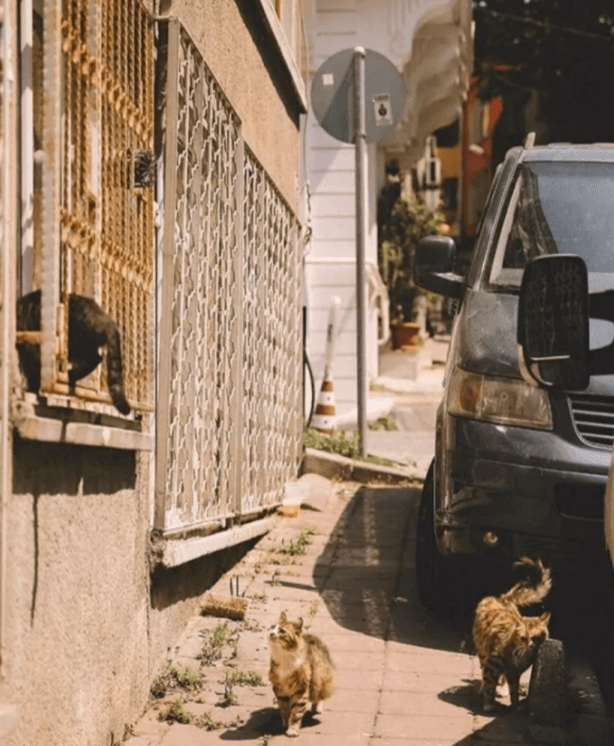
Wherever we go, we meet the omnipresent cats. There are cats lazily lying in front of dessert shops and souvenir stores, and some others sensitively passing behind a mosaic painting of the Roman period in the souvenir store of the Archaeological Museum, attracting people who can’t resist jerking off while bringing customers to the businesses that give them a place.
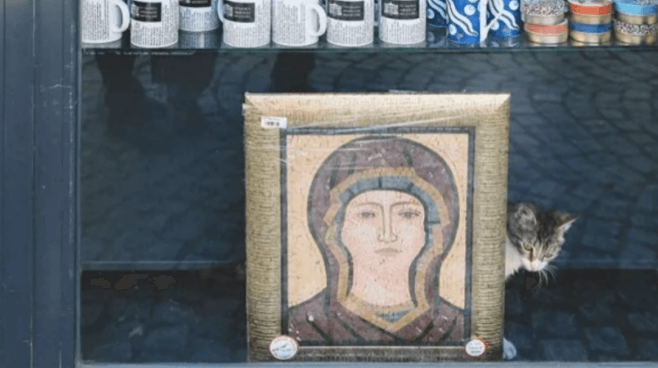
We find that the narrower, older, more chaotic and diverse the corner is, the more cats there are—which may also represent the aesthetic orientation of Istanbul. They walk silently on the ever-changing store awnings, the walls that are pushed down and rebuilt, and the ruins of demolition, witnessing the old city being pushed forward by the waves of the times.

The end of the documentary says, “A cat meowing at your feet and looking up at you is actually life smiling at you. Those moments when we feel we are lucky enough are to remind us that we are still alive.” And when a cat turns over and shows its soft belly to you with its eyes squinting into a slit, that is the warmest hug Istanbul can give you.
